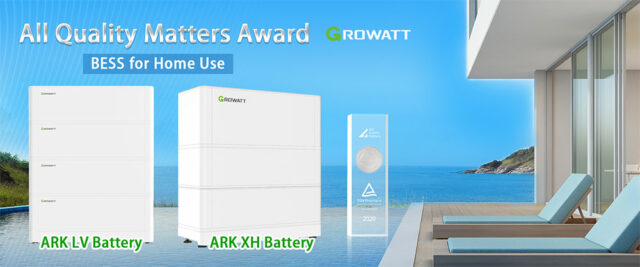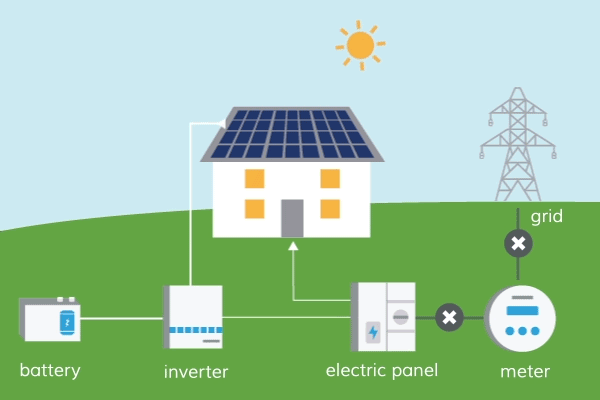Benefits of a home battery

Make the most of rooftop solar and see how smart you can get with your energy.
· Power your home at night: Store solar energy to use when the sun’s not shining.
· Help lower your energy bills: Use less from the grid, and see the benefits on your bills.
· Reduce your carbon footprint: Lead the way to a more renewable future.
Power up your home battery know-how
The more you learn about solar batteries the more intriguing their energy becomes.
How does home battery storage work?
Solar panels are a great renewable energy source and way to power the home with renewable energy., but they only generate energy when the sun is shining. That’s when a home battery can help.
It’s sustainable, allowing you to use the sun to create your own energy supply rather than drawing energy from the grid. Using less energy from the grid makes it a cost-effective way to power your home, too – and help save on your electricity bills.
Install a battery to your solar power system
Solar panel is a great start, but they can only generate energy when the sun is shining. That’s where a solar battery can help.
It stores unused energy from your solar panels to use at night-time, or on a cloudy day. You’re paying for even less energy from the grid, so it’s still a great way to use more of your own solar energy.
How does home battery storage work?
There are a number of components that make up a home solar system. First, you have your solar panels, which feed energy into an inverter. The energy then travels through a switchboard where it’s directed to the appliances in your home.
When the sun isn’t shining, the grid steps in to keep your power running. If you’re generating more solar energy than you need, that energy will go back into the grid and you’ll receive a solar feed-in tariff (FiT) as a credit on your bill.
But if you’ve installed a battery solar system, the switchboard directs any excess solar energy you are generating to the battery – charging it up for later use. When the sun goes down or you’re using more energy than your panels produce, your battery’s stored energy will power your appliances. And if your battery is empty, the grid will lend a helping hand.

1. The solar panels take in sunlight.
2. These energy travel as direct current (DC) through the solar inverter so it can be converted into alternating current (AC) energy that everyday appliances can use.
3. The switchboard then directs the solar energy to where it’s needed. First, it will power the appliances in your home, then direct any excess to the battery inverter.
4. The battery inverter converts the energy into a form of storable energy.
5. The home battery stores the energy to use for when the sun goes down.
In this scenario, there’s a change in the battery, so energy from the grid isn’t required to power the home.
And then, when the sun goes down…
The solar panels stop generating energy and the household switches to stored battery energy.
1. Battery starts sending energy through the battery inverter to power the home.
2. Home battery inverter converts the energy into a form that appliances can use.
3. The switchboard directs the energy to your appliances.
4. When the battery’s charge runs out, the grid will kick in and provide energy to keep your appliances running.


